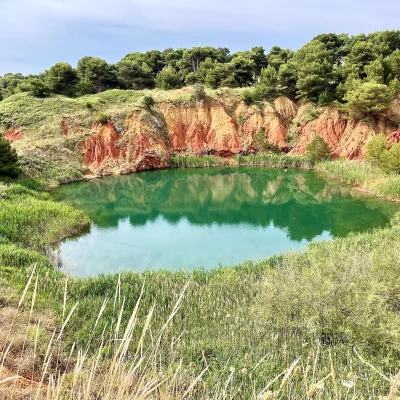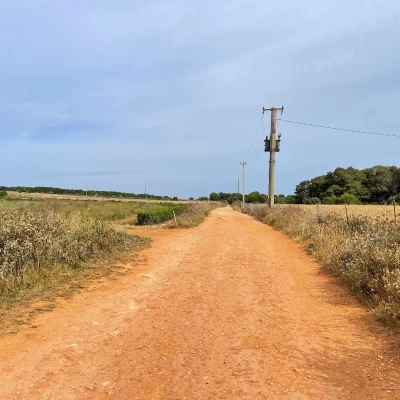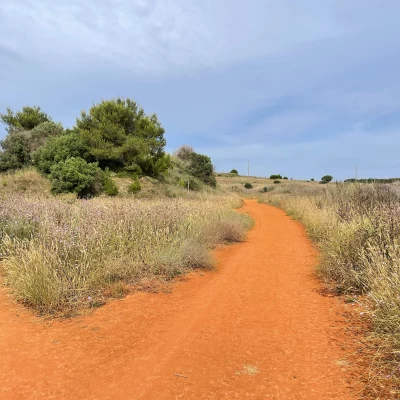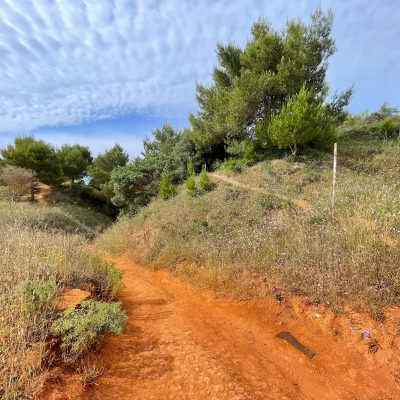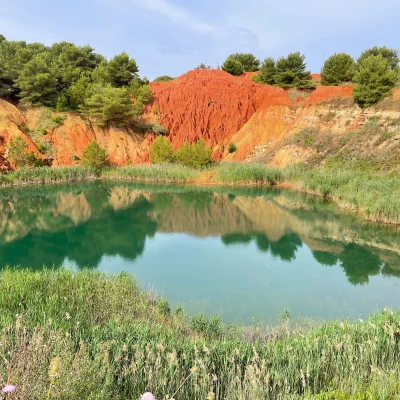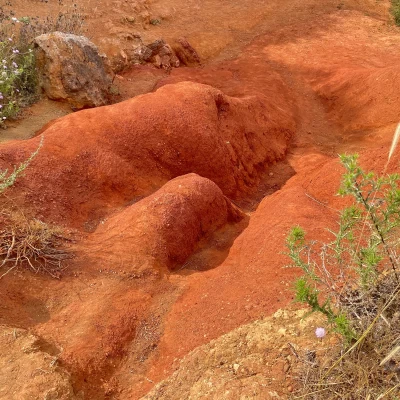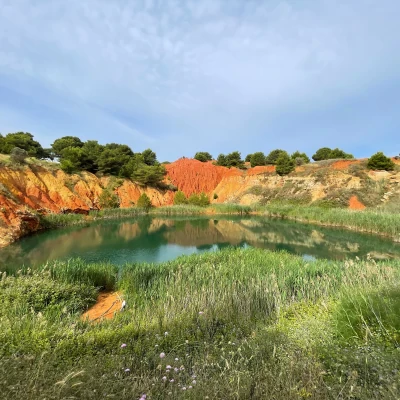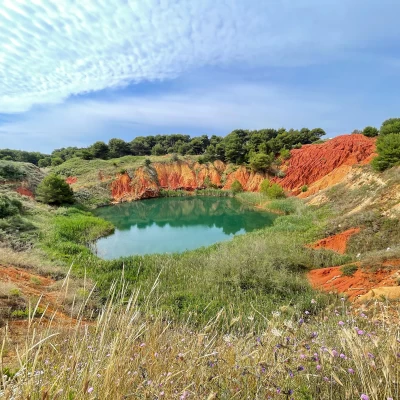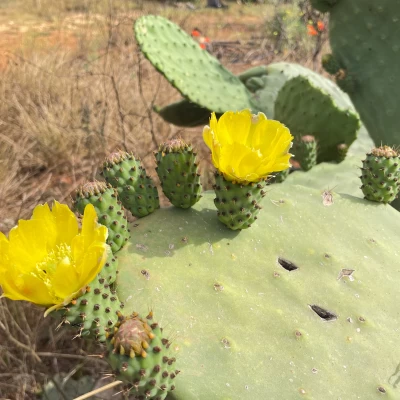Otranto bauxite quarry
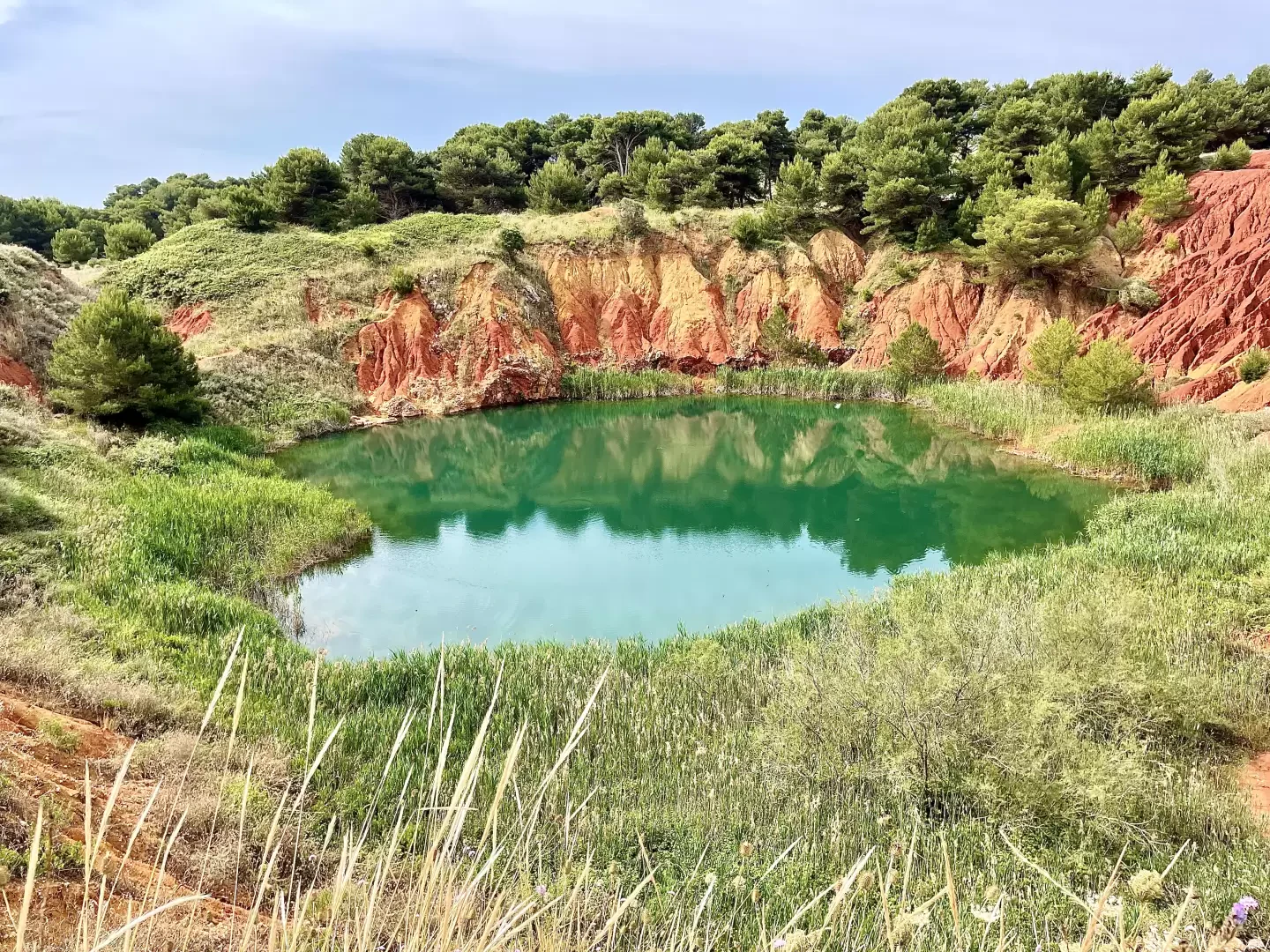
Access
From the centre of Otranto (Via Papa Giovanni Paolo II) to a roundabout where you take the first exit and start along Via Catona. A little further on at a second roundabout, go straight on to take the provincial road to be followed briefly to the junction with the provincial road following the signs for Santa Cesarea Terme. Follow for about 800m before joining the provincial road following the signs for Porto Badisco - Santa Cesarea Terme. After about 200m, turn left onto the provincial road following the signs for Orte, a former bauxite quarry. After 400m, turn right and take a small road that will soon lead you to the car park on the left.
[0h06'] - [3.1km]
How to get there with GMaps
How to get there with Apple Maps
Introduction
The Otranto Bauxite Quarry is an ancient quarry located in the province of Lecce, Puglia, near the Punta Palascia Lighthouse and Monte Sant'Angelo. Bauxite is a mineral mainly used for the production of aluminium. The discovery of the bauxite deposit in the area dates back to 1940, and mining of the mineral began at the same time. The quarry was active for about 36 years, from 1940 to 1976, when mining was stopped due to high costs and water infiltration. Bauxite is a sedimentary rock composed of different mineral species, among which aluminium and iron oxides and hydrated oxides predominate. The Otranto quarry was an important source of livelihood for all those who extracted the material during the years the site remained in operation. During the period of activity, the extracted ore was washed and then shipped to the port of Marghera. After the closure of the quarry in 1976, nature reclaimed the land, creating a spectacular and unique landscape. The result of the excavation is an emerald-green lake, formed due to water infiltration, surrounded by deep red soil, the result of the presence of bauxite residues both in the water and in the soil. The Otranto Bauxite Quarry has become one of the most fascinating destinations in the entire Salento region and a fixed stop for tourists on holiday in the area. Visiting the Otranto Bauxite Quarry is free of charge and does not require reservations. To reach the quarry, simply leave the town of Otranto and head towards Santa Cesarea. Near the port, a country road, partly unpaved, leads to the lake.
Description
0h00' Leaving the car, follow a dirt track very evident because of the red earth that leads, after about 300m, to a new clearing.
0h05' Turn right along a wide path that crosses the barren meadows skirting a small wooded spot until you reach a fork. Turn left to descend to the first belvedere over the emerald-green lake set between the red earth walls.
0h10' After enjoying the beauty of the place, go back up the path and, at the previous fork, turn left to reach a new belvedere, this time higher up than the previous one. Unfortunately, due to the fragility of this area, it is not possible to continue further: some signs and ropes warn the hiker that it is not possible to proceed any further 0h15'.
The return is along the same route as the outward journey, excluding the first diversions 0h10' .
